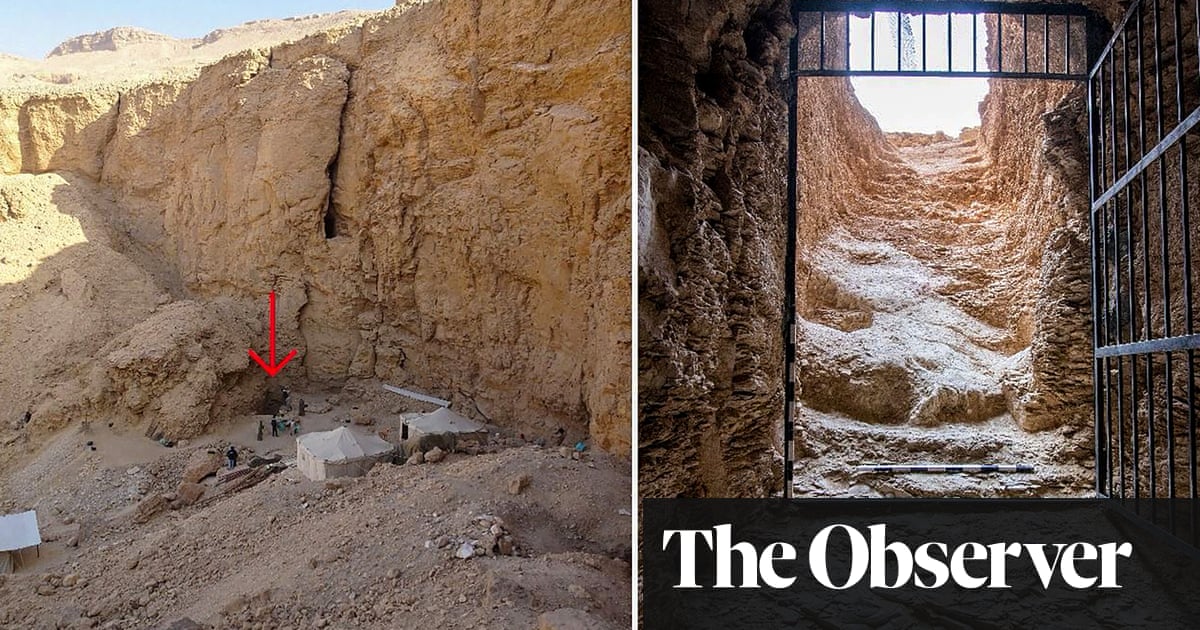When I dive to the shipwreck of the London, a warship which was accidentally blown up in the murky waters of the Thames estuary in 1665, I dive in darkness. I can barely see six inches in front of me. And if I turn my torch off, I cannot see anything at all.
But I love it. I’ve dived to the London about 500 times and I only have to feel certain timbers of the wreck, and I know where I am.
The London is not just any old shipwreck. It’s a nationally important and legally protected historic wreck, built by Oliver Cromwell, which was part of the fleet that brought King Charles II back from the Netherlands to England for his restoration in 1660.
Charles’s brother James – later King James II – was a passenger. The ship was mentioned in the diary of Samuel Pepys and is as important to the nation as the wreck of the Mary Rose. It was only rediscovered about 20 years ago, when they decided to dredge that part of the river to widen the main shipping channel.

Hardly anyone is allowed to dive recreationally in the Thames, because it is so black and murky and dangerous. There is a sense that you don’t know what’s down there – it’s mysterious, almost magical.
I started diving in the 1990s, when my wife bought me a scuba diving course as a present for my 33rd birthday. I discovered I loved it and so, in my spare time, became a licensed diver of the London.
Most people dive wrecks because they want to find treasure. But I do it because I like learning about what was on the ship and how it sank.
Diving the London, I feel like a detective. I regularly find artefacts in the silt that are being uncovered for the first time in centuries. All of my finds go to Southend Museum, my local museum.
Some of the quirkiest artefacts I’ve found onboard include a sundial compass watch, a little bronze spoon and a multi-functional ring.
Once, I thought I had found some pebbles in a row. Then I realised it was a human jaw bone with teeth. That was the first time I had found human remains and that night, I woke up in my sleep. It brought home to me how vulnerable we all are.
The London was the flagship of the fleet that was going down the Thames to fight in the second Anglo-Dutch war. It was fully armed when it blew up and although 24 people survived, more than 300 died.

It is the last surviving ship from the period in the mid-17th century when great British warships were built. And it is being washed away on nearly every tide, because when they dredged the shipping channel, they removed some of the silt that had protected it for years. Today, the world’s largest container ships go really close to the wreck – some even go over the top of it.
This will expose absolutely immaculate timbers, looking as they did on the day the ship went down. But a couple of weeks after they are exposed, marine organisms start eating them away. That is why it is so important to me to record and try to save as much of the wreck as I can by diving there as often as I can. It’s like having an historic house on the edge of a motorway, which is being destroyed.
I think it’s such a shame that this wreck – and an important part of our history – is being washed away. Preserving the London has become the legacy of my life.
As told to Donna Ferguson
To donate to help cover the costs of diving to save the London, visit nauticalarchaeologysociety.org/Appeal/save-the-london

 3 months ago
52
3 months ago
52













































